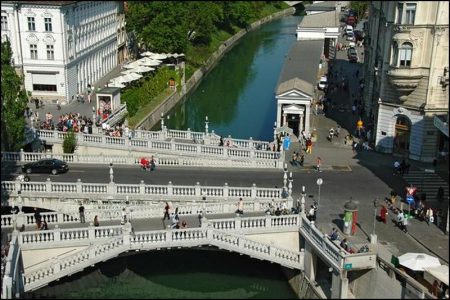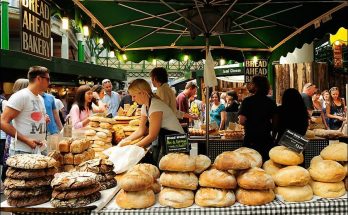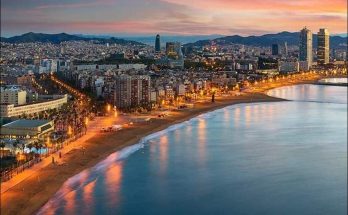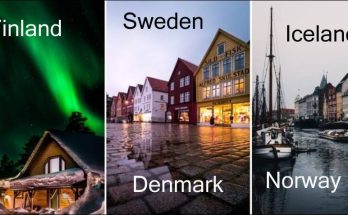Ljubljana is the capital and largest city of Slovenia. During antiquity, it was the site of a Roman city called Emona. It was under Habsburg rule from the Middle Ages until the dissolution of the Austro-Hungarian Empire in 1918.
Situated at the middle of a trade route between the northern Adriatic Sea and the Danube region, it was the historical capital of Carniola, a Slovene-inhabited part of the Habsburg Monarchy, and it has been the cultural, educational, economic, political, and administrative center of independent Slovenia since 1991. Its central geographic location within Slovenia, transport connections, concentration of industry, scientific and research institutions and cultural tradition are contributing factors to its leading position.
The most notable bridges of Ljubljana are the Triple Bridge (Tromostovje), the Trnovo Bridge (Trnovski most), the Dragon Bridge (Zmajski most), the Hradecky Bridge (Slovene: Hradeckega most), and the Butchers’ Bridge (Mesarski most). The Trnovo Bridge crosses the Gradaščica, whereas the others cross the Ljubljanica.
The Triple Bridge
The Triple Bridge is a group of three bridges, connecting two parts of Ljubljana’s downtown, located on both banks of the Ljubljanica. Originally, there was only a single bridge, which linked Central Europe and the Balkans. In order to prevent an 1842 stone arch bridge from being a bottleneck, two additional pedestrian bridges on either side of the central one were added in 1932 according to the Plečnik’s 1929 design.
He decorated them with large stone balusters and lamps. There are two staircases, leading to terraces above the river, the banks with poplars, and the Ljubljana fish market. Two Plečnik’s urban axes of Ljubljana, the water axis and the Ljubljana Castle–Rožnik Axis, cross at the bridge.
Views: 377



